You can’t treat the symptom without addressing the root cause. When it comes to fixing the problem of your freestyle legs sinking, the biggest mistake is using your legs to splash the water—this only makes matters worse.
•5 min read
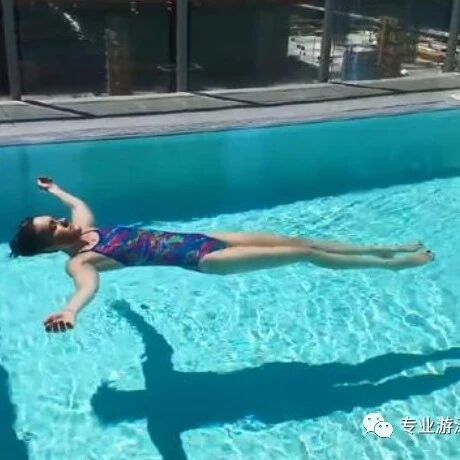
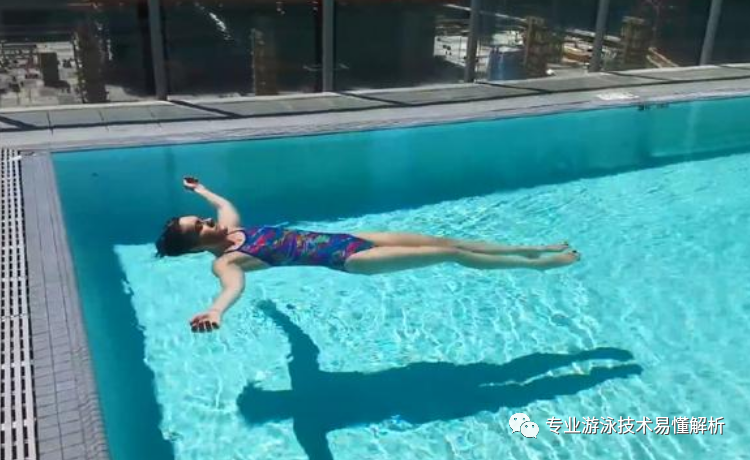
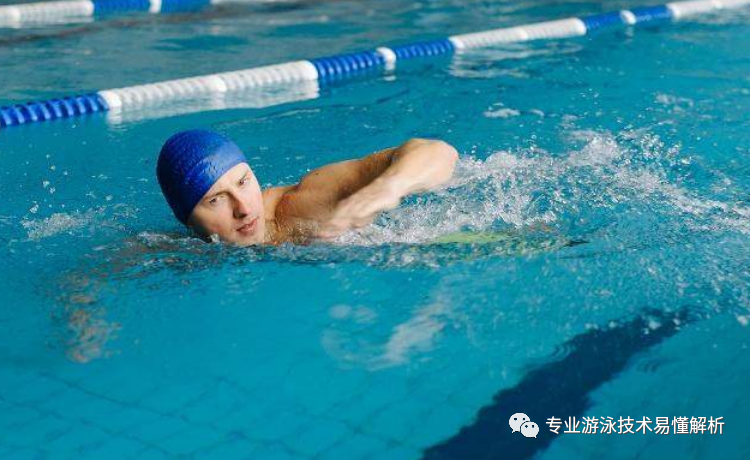
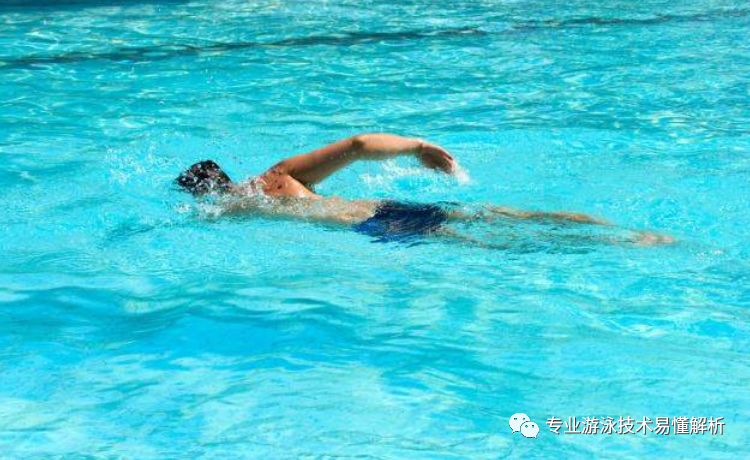
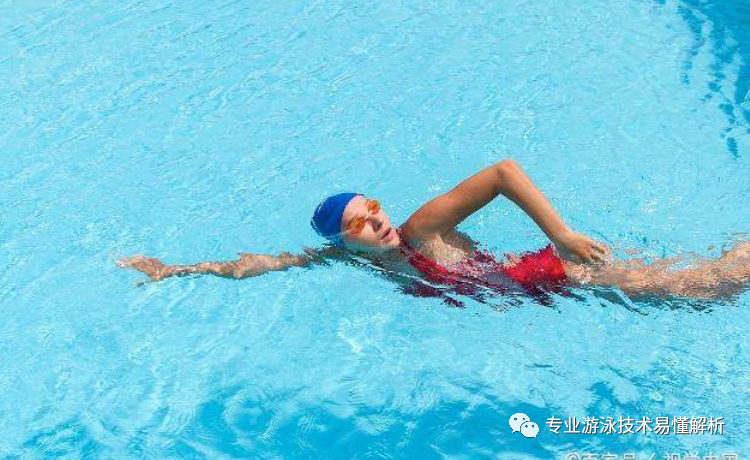
Related Articles

Swimming
Kudos to "Women and the Sea" for being the trailblazers who took the first step in history!
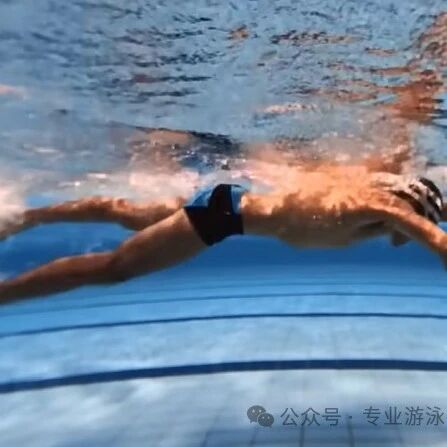
Swimming
One simple trick to fix the elbow-dragging issue in the freestyle pull-through motion
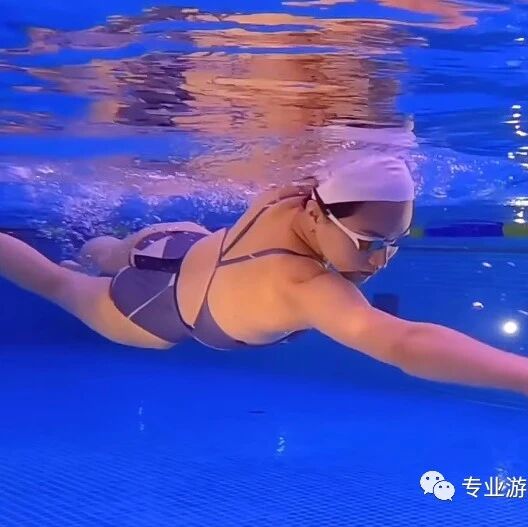
Swimming